Coin of the Month: Augustus, and How to Make Road Repairs Exciting
 |
| Denarius of Augustus, © The Trustees of the British Museum |
This month's coin of the month is a silver denarius struck in Rome in 16 BC commemorating Augustus' improvement of the roads in Italy. These road repairs were evidently an important part of Augustus' building programme. In fact, he takes pains to mention them in his Res Gestae (20.5): "In my seventh consulship I constructed the Flaminian Way from Rome to Arminum and all the bridges on it except for two that were not in need of repair" (trans. Cooley). The completion of these works were marked by this coin and by others struck in mints in Spain.
The iconography of this coin is highly unusual, reflective of the experimental atmosphere that prevailed under Augustus as an imperial language of numismatic imagery was formulated. The odd nature of the imagery on this piece, however, may also have been due to the difficulties in visualising this particular act of imperial munificence. After all, how do you design a coin which communicates road repairs?? And in an eye catching and exciting way?? The designers of this coin chose to focus on objects which alluded to Augustus' activities without actually having to show a road. The obverse of the coin (left) shows a statue of Augustus on a horse before the walls of the city, likely an allusion to the beginning of the Flaminian Way. The reverse shows a column erected by the Senate for Augustus in Rome to thank him for his repairs. The column reads:S P Q R IMP CAE QVOD V(iae) M(unitae) S(unt) EX EA P(ecunia) Q(u)IS AD A(erarium) DE(dit) (The senate and people of Rome to Imperator Caesar because the roads have been paved out of the money which he gave to the treasury).
The mints in Spain that struck similar types (see examples here, and here) echo the same phrase (QVOD VIAE MUNITAE SVNT, because the roads have been paved), suggesting that these coins are co-ordinated in some way, or responding to the same edict. The Spanish coins also highlight statues of Augustus that graced the roads and bridges, rather than representing the roads themselves. Statues of Augustus in connection with the roads are mentioned by Dio (53.22.1), but what is most interesting about these issues is that the statues are shown all out of proportion to the bridges and the city wall (they are shown as larger than life). As Zanker points out, this is because coins reflect how the Romans viewed monuments, rather than provide us with a 'photo' or realistic representation. In the early imperial period, statues are often shown as larger than the buildings or monuments themselves on coins, a reflection of the fact that Romans were most interested in the political message of a particular building programme. Later on in the Empire, the statues become smaller and the buildings themselves dominate coin types, reflecting a change in the practice of Roman viewing.
 This month's coin was chosen by Clare Rowan, a Research Fellow in Numismatics. Amongst other projects she is currently working on a Cambridge University Press/American Numismatic Society Handbook to Coinage of the Ancient World, covering the period from 49 BC until AD 14.
This month's coin was chosen by Clare Rowan, a Research Fellow in Numismatics. Amongst other projects she is currently working on a Cambridge University Press/American Numismatic Society Handbook to Coinage of the Ancient World, covering the period from 49 BC until AD 14.
 Clare Rowan
Clare Rowan

 Please wait - comments are loading
Please wait - comments are loading

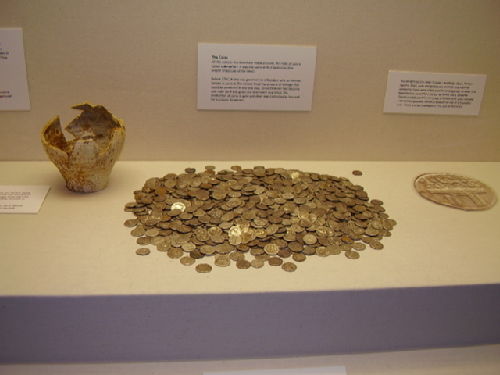
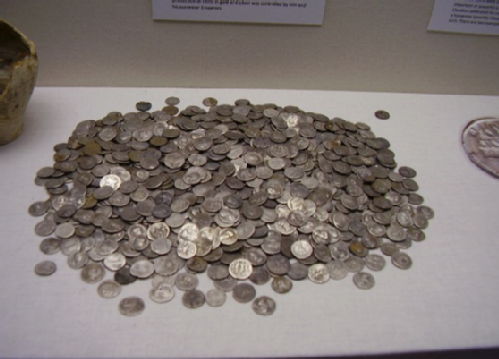

 This month's coin is chosen by David Swan. David is currently an undergraduate student of Classical Archaeology and Ancient History at the University of Warwick. His interests include numismatics, and prehistoric Britain.
This month's coin is chosen by David Swan. David is currently an undergraduate student of Classical Archaeology and Ancient History at the University of Warwick. His interests include numismatics, and prehistoric Britain.

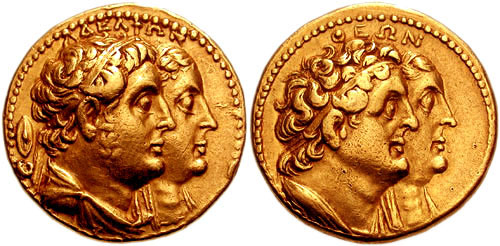

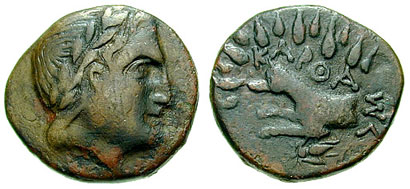
 This coin was chosen by Rebecca Taylor. Becky is a 3rd year PhD student studying the effects of the natural environment on the human body in the thought of the 5th and 4th Centuries BC.
This coin was chosen by Rebecca Taylor. Becky is a 3rd year PhD student studying the effects of the natural environment on the human body in the thought of the 5th and 4th Centuries BC.

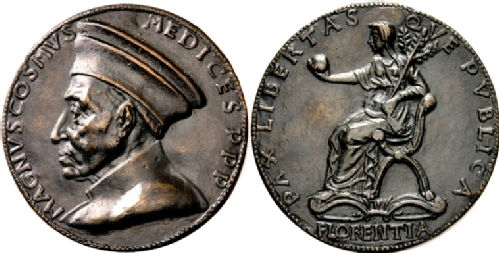
 This month’s coin was chosen by Rocco Di Dio, a third-year PhD student. His research project focusses on three Greek manuscripts produced by the Renaissance scholar Marsilio Ficino (1433-1499), who was largely responsible for the revival of Platonism in western Europe. Rocco’s main interests lie in Palaeography, Codicology, Byzantine Studies, Platonic philosophy and the Renaissance reception of Platonism.
This month’s coin was chosen by Rocco Di Dio, a third-year PhD student. His research project focusses on three Greek manuscripts produced by the Renaissance scholar Marsilio Ficino (1433-1499), who was largely responsible for the revival of Platonism in western Europe. Rocco’s main interests lie in Palaeography, Codicology, Byzantine Studies, Platonic philosophy and the Renaissance reception of Platonism. 
 Loading…
Loading…

